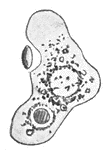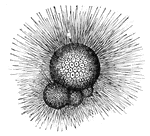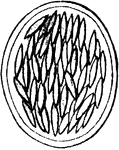Clipart tagged: ‘Protista’

Foraminifera
Foraminifera are minute shelled animalcules. They secrete a hard covering or shell made of sand or carbonate…
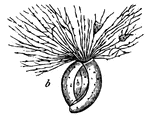
Foraminifera
Foraminifera are minute shelled animalcules. They secrete a hard covering or shell made of sand or carbonate…
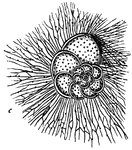
Foraminifera
Foraminifera are minute shelled animalcules. They secrete a hard covering or shell made of sand or carbonate…

Foraminifera
Foraminifera are minute shelled animalcules. They secrete a hard covering or shell made of sand or carbonate…
Foraminifera
Foraminifera are minute shelled animalcules. They secrete a hard covering or shell made of sand or carbonate…
Gregarina
Gregarina is a parasitic protozoan. They live in the alimentary canal of crayfish, and certain insects.
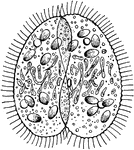
Paramecium
The paramecium is a one-celled ciliate in the Kingdom Protista. These two are separating after conjugation.

Paramecium
Paramecium are one-celled organisms in the Protista kingdom. They are slipper-shaped, nearly transparent…

Paramecium
Paramecium are one-celled organisms in the Protista kingdom. They are slipper-shaped, nearly transparent…

Paramecium
Paramecium are one-celled organisms in the Protista kingdom. They are slipper-shaped, nearly transparent…
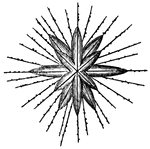
Polycystina
Polycystina are microscopic in size and possess a structureless sarcode-body, enclosed in a perforated…
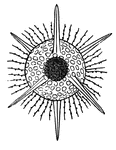
Polycystina
Polycystina are microscopic in size and possess a structureless sarcode-body, enclosed in a perforated…

Rotifer
The rotifer or "wheel animalcule" owes its name to the fact that the anterior end of the body is almost…

Rotifer
The rotifer or "wheel animalcule" owes its name to the fact that the anterior end of the body is almost…

Sertularia
Sertularia are members of the Protista kingdom. It is an example of another group of the hyroid zoophytes,…

Sertularia
Sertularia are members of the Protista kingdom. It is an example of another group of the hyroid zoophytes,…

Sertularia
Sertularia are members of the Protista kingdom. This is an example of the egg-producing gonophore.

Tubularia
Tubularia are members of the Protista kingdom. The pipe-coralline (Tubularia) is an example of another…
Vorticella
Vorticella is a protozoan. Except for when young, it is usually found attached to dead leaves or sticks…
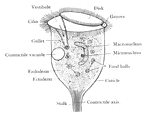
Vorticella
The vorticella is an interesting protozoan. It is found on submerged stems and leaves in stagnant water,…

Vorticella
Vorticella are members of the Protista kingdom. They are often found in stagnant pools, attached to…

Vorticella
Vorticella are members of the Protista kingdom. They are often found in stagnant pools, attached to…
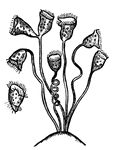
Vorticella
Vorticella are members of the Protista kingdom. They are often found in stagnant pools, attached to…
